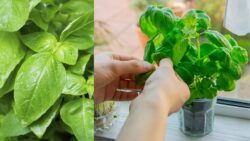7 Winter Vegetables : Winter vegetables you can grow indoors are perfect for beginners who want to enjoy fresh produce even during the cold season. These plants require little space, simple care, and offer a rewarding harvest from the comfort of your home.
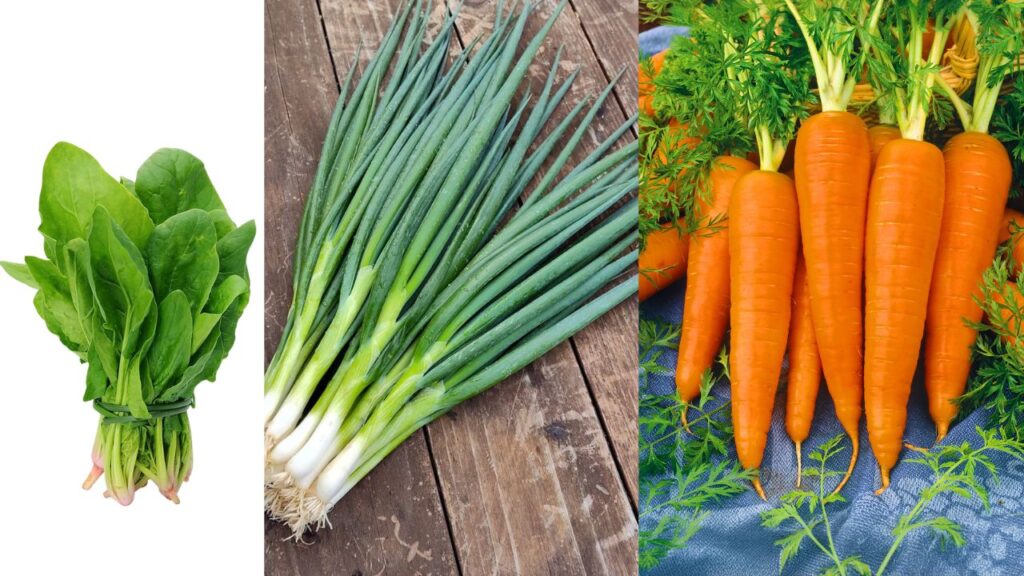
Why Growing Winter Vegetables Indoors Is Easier Than You Think
If you think gardening is only for those with outdoor space, think again. Many winter vegetables grow beautifully indoors under minimal care. With a few pots, sunlight, and patience, you can harvest crunchy greens and root crops even when it’s freezing outside. Indoor gardening helps you stay connected to nature and ensures you eat chemical-free, homegrown food all year round.
7 Best Winter Vegetables to Grow Indoors
1. Spinach
Spinach grows fast in containers and doesn’t need much sunlight. It thrives in cool temperatures, making it an ideal winter crop. Just water it regularly and keep the soil slightly moist for tender leaves.
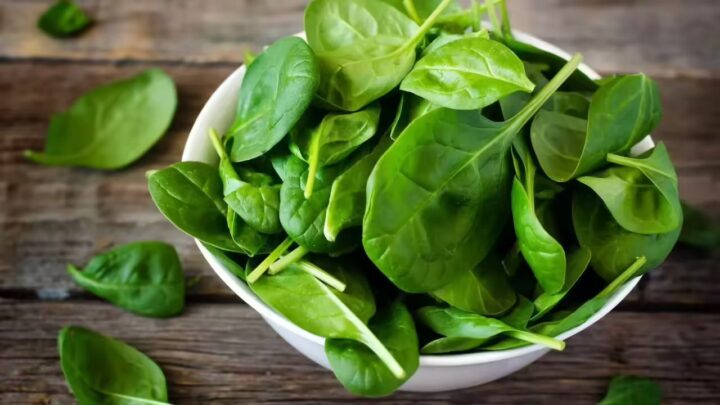
2. Kale
Kale is a hardy green that grows well indoors during winter. Use a medium-sized pot, ensure good drainage, and harvest young leaves for salads and smoothies. It regrows after trimming, so you’ll enjoy multiple harvests.
3. Carrots
Yes, you can grow carrots indoors too! Choose shorter varieties like baby carrots, plant them in deep containers, and keep them in a sunny spot. Within weeks, you’ll see those green tops sprouting beautifully.
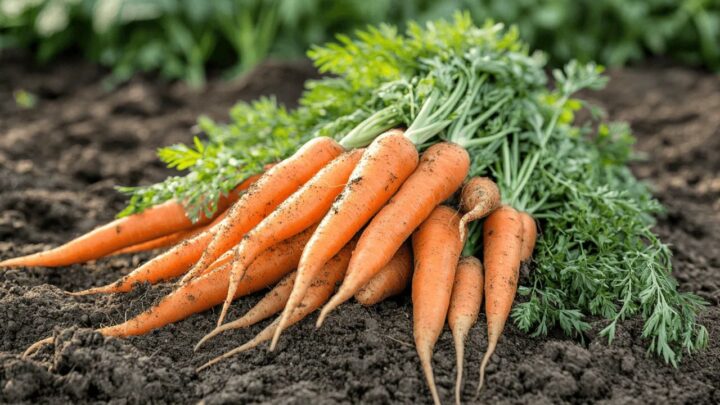
4. Radishes
Radishes are one of the fastest-growing vegetables and perfect for beginners. They grow well in cool indoor conditions, and you can harvest them in just 3–4 weeks. Keep the soil moist and enjoy their crisp, peppery flavor.
5. Lettuce
Lettuce is a top choice for indoor winter gardening. It grows fast, doesn’t need deep pots, and can be harvested leaf-by-leaf. Keep it near a bright window and water regularly to prevent dryness.
6. Green Onions
Green onions are low-maintenance and regrow quickly. You can even start them from kitchen scraps—simply place the white bulb in water until roots appear, then transfer to soil for continuous harvests.
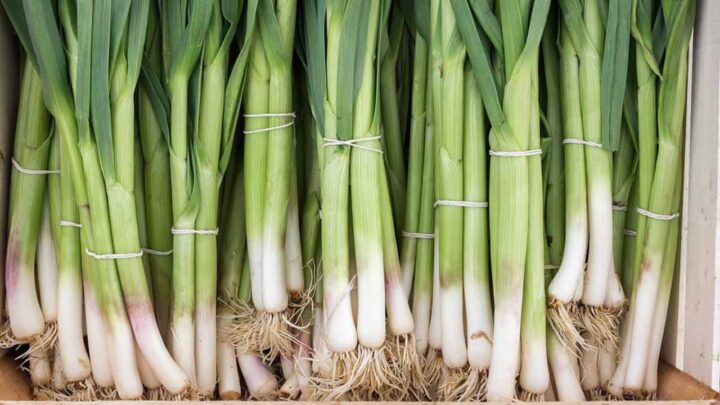
7. Beets
Beets offer both edible roots and nutritious leaves. Choose compact containers, use loose soil, and keep them near sunlight. Their colorful bulbs and greens add life to your winter meals.
Step-by-Step Guide to Growing Winter Vegetables Indoors
- Step 1: Choose the Right Containers
Pick containers that suit each vegetable’s needs. Leafy greens like spinach and lettuce do well in shallow pots, while carrots and beets need deeper ones. Ensure every pot has drainage holes to prevent root rot.
- Step 2: Use Quality Potting Soil
Use nutrient-rich, well-draining potting mix made for vegetables. Avoid heavy garden soil—it can compact easily indoors. Mixing compost or organic fertilizer helps boost plant growth naturally.
- Step 3: Provide Adequate Light
Most winter vegetables need 5–6 hours of sunlight daily. If sunlight is limited, use LED grow lights to mimic natural light. Keep them on for 12–14 hours for healthy leaf development.
- Step 4: Water Smartly
Water only when the top inch of soil feels dry. Overwatering causes fungus and root issues. Always allow excess water to drain away completely.
- Step 5: Maintain Room Temperature
Keep your indoor garden between 60–70°F (15–21°C). Avoid placing plants near cold windows or heating vents, as sudden temperature changes can stress them.
- Step 6: Harvest Regularly
Harvest leaves and veggies gently once they mature. Frequent harvesting encourages regrowth, ensuring you get fresh produce for weeks or even months.
Extra Tips for Successful Indoor Gardening
- Rotate your pots weekly so all sides get equal light exposure.
- Use organic fertilizer every 3–4 weeks to keep soil healthy.
- Wipe leaves occasionally to remove dust that blocks sunlight.
- Label your pots to track planting dates and growth progress.
- Try hydroponic kits for faster growth with less mess.
FAQs
Can I grow winter vegetables without sunlight?
Yes, you can use LED grow lights as a substitute for sunlight. They provide the full spectrum of light needed for healthy plant growth.
How often should I water indoor vegetables?
Water when the top layer of soil feels dry. Overwatering can cause root problems, so always allow proper drainage.
What’s the easiest vegetable to grow indoors in winter?
Lettuce and spinach are the easiest since they grow fast, need little light, and can be harvested multiple times.
Can I reuse the same soil for next season?
You can, but it’s best to refresh the soil with compost or organic fertilizer to restore nutrients for the next round of plants.
Growing winter vegetables indoors is a peaceful and fulfilling activity that keeps your home lively during cold months. With a little care and patience, you’ll enjoy the joy of harvesting your own greens no matter how chilly it gets outside. Start small today — your indoor garden will soon become your favorite cozy corner!

